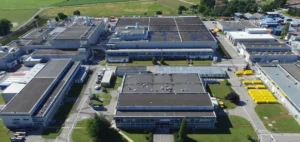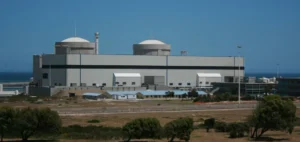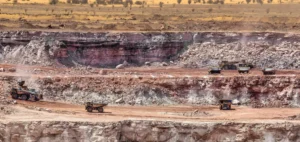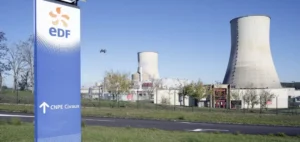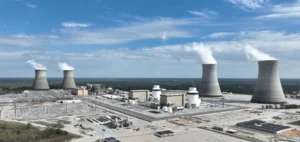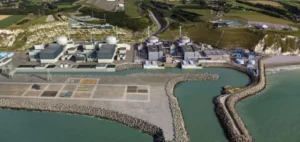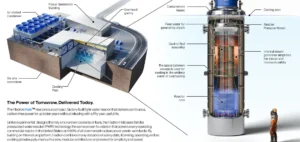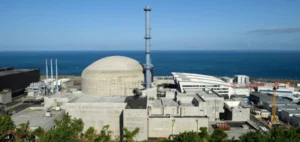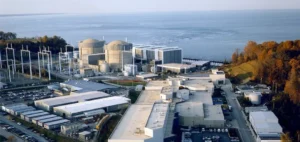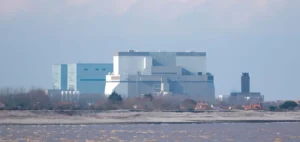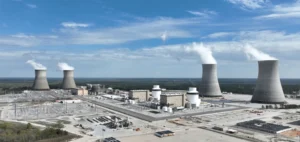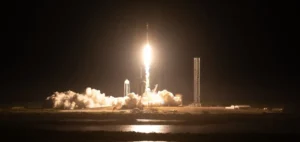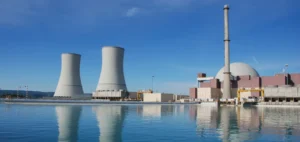The Russian Federation and the Republic of India have begun discussions aimed at strengthening their cooperation in the nuclear energy sector. Talks focused on new large-scale reactor projects as well as the development of small-scale nuclear power plants, including floating units designed by Russia.
Representatives from Rosatom, the Russian state atomic energy corporation, and India’s Department of Atomic Energy (DAE) discussed the technical specifications of a Russian-designed nuclear power plant equipped with VVER-1200 reactors. This model is being considered for a future site in India, with advanced discussions on localising the manufacturing of essential equipment.
Continued progress at the Kudankulam site
Advancements at the Kudankulam Nuclear Power Plant in Tamil Nadu were a key topic of discussion. The facility already houses two VVER-1000 reactors, commissioned in 2014 and 2017. Unit 3 is currently undergoing pre-startup procedures, with safety system tests scheduled. Construction of units 4, 5, and 6 is progressing in parallel, with ongoing equipment deliveries.
A fourth phase has also been proposed for the site, with units 7 and 8 to be equipped with larger VVER-1200 reactors. These additions are expected to significantly increase the plant’s output, reinforcing its role in southern India’s electricity supply.
Towards a joint roadmap for SMRs
Beyond large-scale projects, the discussions also covered the development of Small Modular Reactors (SMRs). Several options are being explored, including the deployment of floating power plants. Both countries highlighted the interest of such models for remote or hard-to-reach regions.
The Bhabha Atomic Research Centre (BARC) is currently developing three SMR designs, including a 200 MWe prototype (BSMR-200), a 55 MWe model, and a 5 MW thermal system intended for hydrogen production. This diversification of nuclear technology aligns with India’s goal to increase installed nuclear capacity to 100 GW by 2047.
Focus on a bilateral supply chain
Rosatom and DAE officials emphasised the effectiveness of the cooperation mechanisms established through the Kudankulam project. The operational model in place could, they noted, be replicated across other nuclear sites in India. The development of an integrated supply chain, supported by local equipment production, was identified as a key lever for strengthening the partnership.
India currently operates 24 nuclear reactors with a total installed capacity of 7,943 MW. Six additional units, representing 4,768 MW, are under construction. Ten more projects, totalling around 7 GW, are at the pre-project stage. The joint ambitions of New Delhi and Moscow in nuclear energy could have a lasting impact on the regional energy balance.



